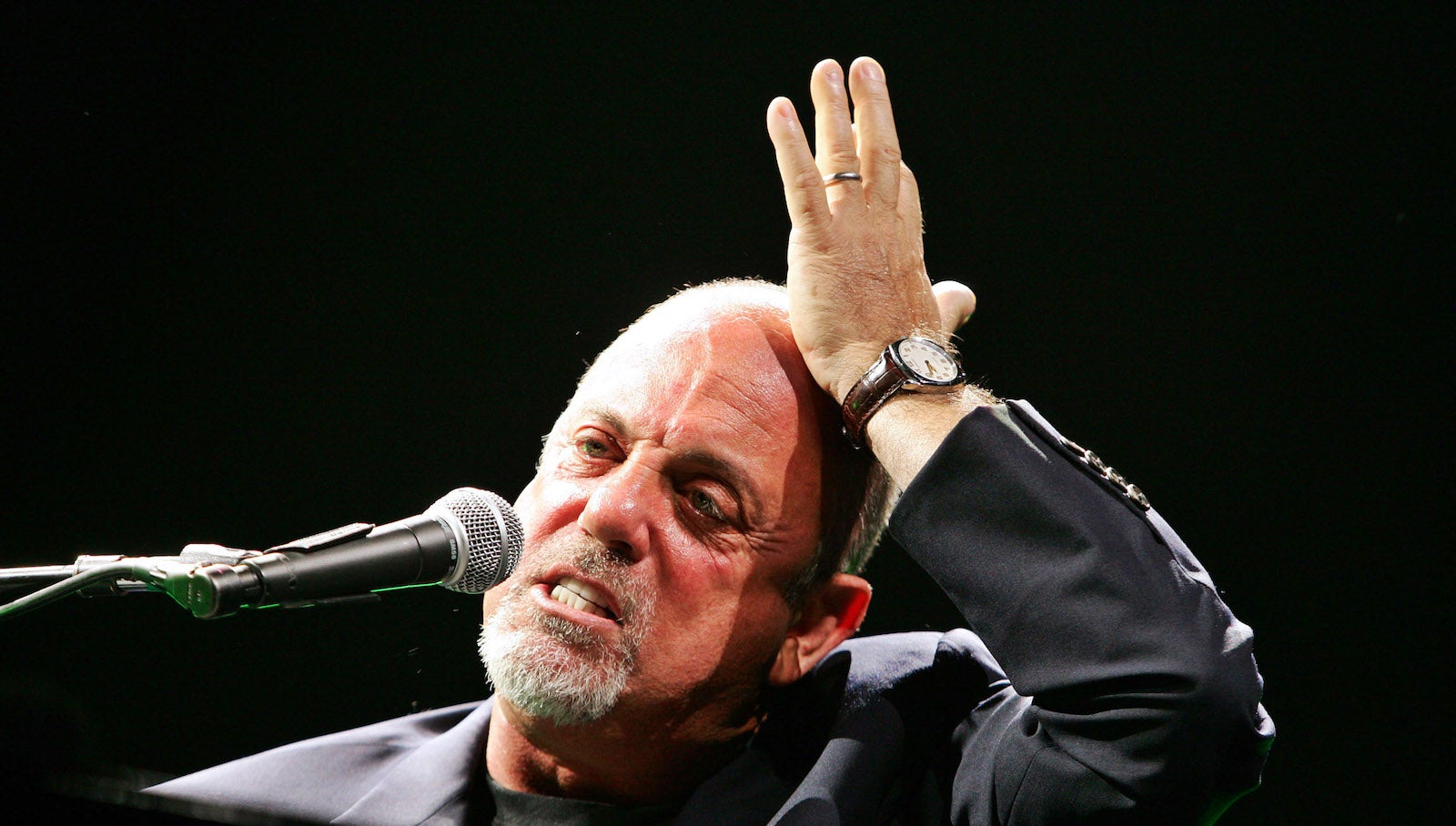Billy Joel has sold a million Madison Square Garden tickets, because albums don’t make money
Putting out a ton of songs and albums has become passé. Live music seems the only thing in vogue.


Putting out a ton of songs and albums has become passé. Live music seems the only thing in vogue.
Take Billy Joel: The 68-year-old rocker just announced a fifth consecutive year of performances at several giant stadiums across the US, including Chicago’s Wrigley Field and Boston’s Fenway Park. That’s in addition to starting his fifth year at a residency at New York’s Madison Square Garden—where Joel has now sold over 1 million tickets, after 105 shows there (59 of which were in the recent residency).
But Joel’s status as a rock icon is only half the reason for his long and busy stadium schedule. He, like a slew of other business-savvy musicians, is simply following the money.
As streaming services like Spotify and Apple Music make recorded music more accessible to people, they also make it cheaper and thus far less profitable for artists. Live music, on the other hand, has emerged as a shiny money tree, especially as music fans—now listening to songs on depersonalized digital platforms—start to crave more intimate experiences. Lady Gaga’s 2011 album Born This Way and 2016 album Joanne both topped the Billboard sales charts, but the former sold 1.11 million copies, while the latter sold just 201,000 total. In December, Gaga announced a two-year residency at a Las Vegas theater that will pay her at least $75 million in total, and possibly as much as $100 million.
It’s a trend impacting musicians of all sorts. Beyoncé, who was 2017’s highest-paid musician, only made 10% of her money from music sales; the rest came from her sensational world tour. Steely Dan’s 69-year-old Donald Fagen decided to go back on tour with an entirely new backup band last summer, bluntly citing one reason: “For me, touring is the only way to make a living.”
That’s why even the hologram of a singer who died in 1988 is going on tour this year.